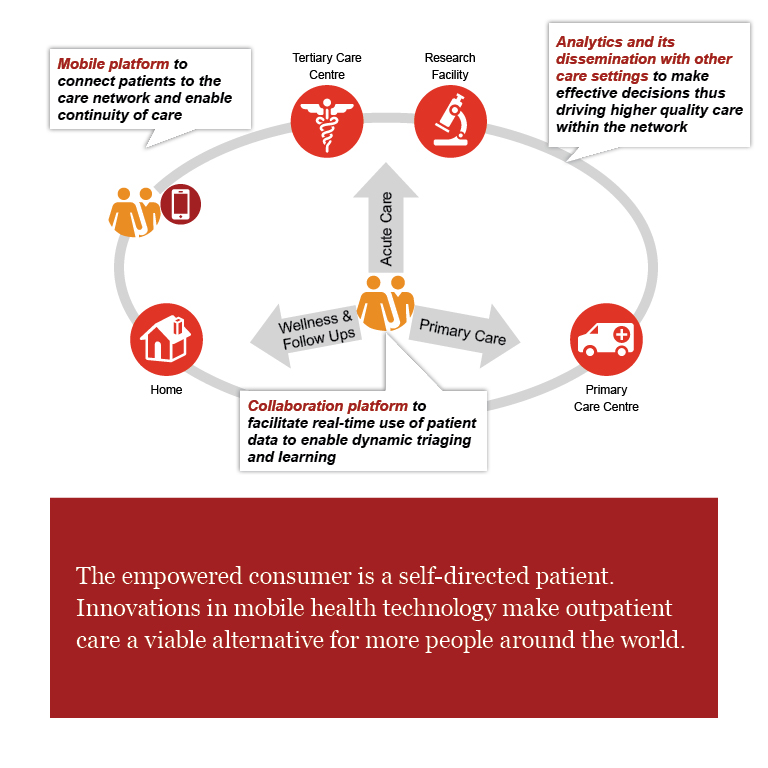Everyone seems to agree that healthcare providers should be promoting patient engagement- but, what does this mean? Simply put, this refers to patients and their healthcare providers working together to achieve improved healthcare outcomes by using information technology.
The reason patient engagement is being dubbed the “next big change” in healthcare delivery is primarily due to three reasons – better patient care, improved healthcare outcomes and lower costs – an attractive proposition for both providers and patients. In fact, a survey conducted in 2010 found that almost 80% of respondents are likely to select a healthcare provider who allows them to interact online or on their mobile device. Almost all of them were also willing to pay for such a service.
The time is now
Studies have shown that patients are more digitally connected and actively participating in their healthcare, with the adoption of mobile health apps and wearable devices. This, coupled with better access to health information, has made patients more willing to be more involved in making decisions about their health along with their doctors.
Healthcare organizations have realized the importance of patient engagement for their business and their patients, setting up websites with patient portals where patients can view and access their health records.

However, the flipside is that most organizations have been unsuccessful in utilizing their patient portal effectively. This is due to-
- Lack of communication to patients about the existence of a health portal
- Physicians not being encouraged to use it actively, on a regular basis
- The content on most portals not being relevant or engaging from a patient’s perspective
- The user experience not being conducive to communication or healthcare delivery
In a move to promote meaningful use of health portals and EHR systems, the U.S Government is providing federal incentives to healthcare providers for implementing patient engagement channels. To start with, the U.S Department of Health and Human Services has made it mandatory for health providers to have an effective and usable electronic health records system for patients, with specific guidelines for their “Meaningful Use”. What this means that it is not just enough to have a portal but rather more important to ensure utilization.
Many pioneering healthcare organizations have failed to successfully ensure engagement for collaborative care, including the Mayo Clinic. Former healthcare executive Steve Wilkins on KevinMD discusses why this has not worked, “Patient engagement is a physician-patient communications challenge and not a HIT (health information technology) challenge.” He believes that if done right, portals can work, provided that the information is relevant to the patient, comes from their physician and is integrated into a useful care plan.
Leveraging changing patient behavior- specifically wearable technology and mobile apps
Almost 45% of users who own a health tracker or wearable device use them daily, according to a global survey done by mobile professional services firm Mobiquity. Among these users, about 70% agree that their doctors have found the health data from these trackers useful in making decisions about their care.
 While wearable devices might still be questionable for the accuracy of captured data, they have brought about a behaviour modification, providing a unique leveraging opportunity for health data collection. This could possibly add value to provider-patient engagement and aid in collaborative care.
While wearable devices might still be questionable for the accuracy of captured data, they have brought about a behaviour modification, providing a unique leveraging opportunity for health data collection. This could possibly add value to provider-patient engagement and aid in collaborative care.



